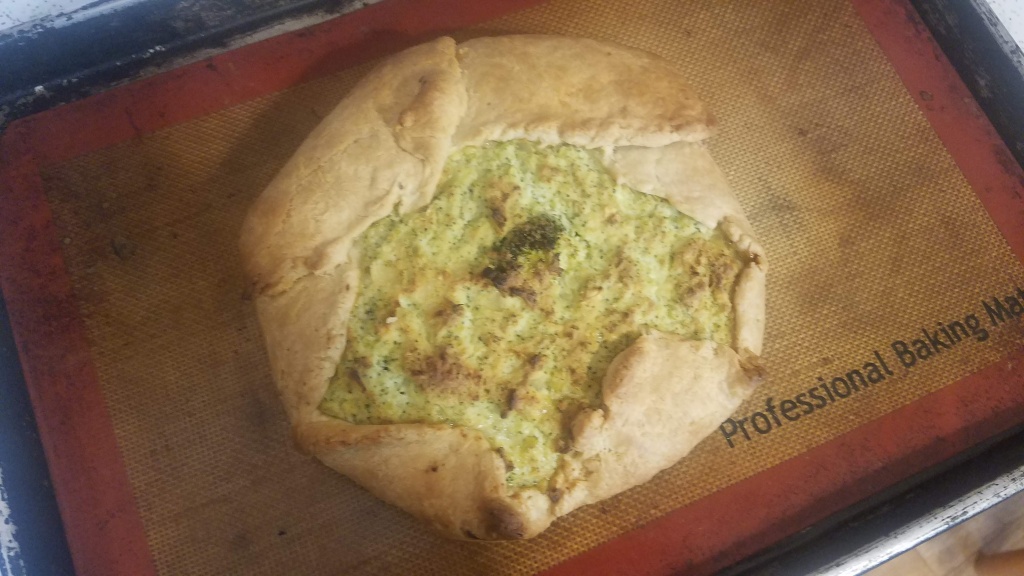“They’ll keep,” my mom reassured me once I told her how I’d accidentally bought seven pounds of golden beets from the local farm collaborative. This is a bit of a problem for me: I have a hard time judging proportions. I once accidentally bought nine cubic yards of soil for a garden.
While some might find this to be a nightmare scenario, my love of beets went into overdrive. (I mean, I did name this blog after them.) The first few pounds we juiced in the juicer I picked up this fall through the Buy Nothing Northampton Facebook Group. After we cleaned up the kitchen, I roasted another three pounds and enjoyed them throughout the week. On Monday night we had roasted beet Reubens, made with sauerkraut from Real Pickles, and bread from Rise Above Bakery in Greenfield.
On Tuesday, I reached for my Ultimate Nachos cookbook for some Taco Tuesday inspiration. Although there was a recipe for beet, apple and goat cheese nachos, I landed on “The Joker Guacamole,” because, well, guacamole. The recipe was clearly intended to be made with red beets to end up purple and green, like the Clown Prince of Crime. My beets’ golden color meant my guacamole wasn’t stained, but neither were any of my cutting boards nor my hands. I cut back on the amount of garlic and lime juice in the recipe below because it was too strong.
I also made queso because cheese sauces are generally something that makes me happy. This recipe dirties two saucepans and takes a bit of attention and time, but it was totally worth it. I used Cabot sharp cheddar cheese and it was perfect. I felt like I was at a ballgame as I dipped my tortilla chips into the cheese sauce and mound of mashed avocado. Even Lilli, my picky eater, enjoyed the cheese sauce on top of pasta that night.
The rest of the week we enjoyed beets in salads, with hummus in sandwiches, and tzatziki. They also featured in a fresh “Winter Roll” with sprouts, arugula, roasted butternut squash and raw carrot with a peanut sauce.
There’s a single golden beet left, and you might be think I would be done for a while. But I just roasted a (much more reasonable) batch of red beets and have started using them. And the circle of life continues.
Beet Guacamole and Bechamel Cheese Sauce (Queso) from Ultimate Nachos by Lee Frank & Rachel Anderson
Beet Guacamole
Ingredients
2 avocados, halved lengthwise, pitted, and flesh scooped out
1 garlic clove, minced
Juice of 1/2 lime
Salt and pepper
1 small roasted beet, trimmed, peeled and grated
Directions
In a medium bowl, mash the avocados with the garlic and lime juice, using a fork
Season with the salt and pepper
Fold in the beet. Do not overmix.
Season again with salt and pepper to taste.
Bechamel Cheese Sauce
2 tablespoons unsalted butter
2 tablespoons all-purpose flour
2 cups whole milk
8 ounces melting cheese of your choice, shredded (about 2 cups)
Salt and pepper
Directions
In a medium saucepan, melt the butter over medium-low heat.
Add the flour and stir until a smooth paste forms, 5 to 6 minutes.
Meanwhile, in a separate pan, heat the milk until it is just about to boil. Be careful not to burn the milk. Burnt milk is cringe-worthy.
Gradually add the hot milk to the butter mixture, and whisk continually until smooth. Bring the sauce to a boil.
Cook for 10 minutes, stirring constantly, then remove from the heat, immediately add the shredded cheese, and stir together until evenly incorporated.
Season the cheese sauce with salt and pepper to taste.











 I made these carrots again tonight with my CSA carrots. I’ve also enjoyed the Rice Noodles with Lots of Asian Herbs and Lime Dressing, Roasted and Pickled Cauliflower, and tossed the Basil Dressing with a farro salad with summer squash and fresh corn. There are a ton more things I’m looking forward to making before this book has to go back to the library. Honestly, it’s looking more and more likely that I will actually buy this book, it’s that good.
I made these carrots again tonight with my CSA carrots. I’ve also enjoyed the Rice Noodles with Lots of Asian Herbs and Lime Dressing, Roasted and Pickled Cauliflower, and tossed the Basil Dressing with a farro salad with summer squash and fresh corn. There are a ton more things I’m looking forward to making before this book has to go back to the library. Honestly, it’s looking more and more likely that I will actually buy this book, it’s that good. 





 And sometimes you have such an overwhelming week that you accidentally email your food blog subscribers the
And sometimes you have such an overwhelming week that you accidentally email your food blog subscribers the 

 The recipe makes two loaves which means one automatically goes into the freezer. Bake this tomorrow and have one at the ready when friends stop by unexpectedly.
The recipe makes two loaves which means one automatically goes into the freezer. Bake this tomorrow and have one at the ready when friends stop by unexpectedly.
